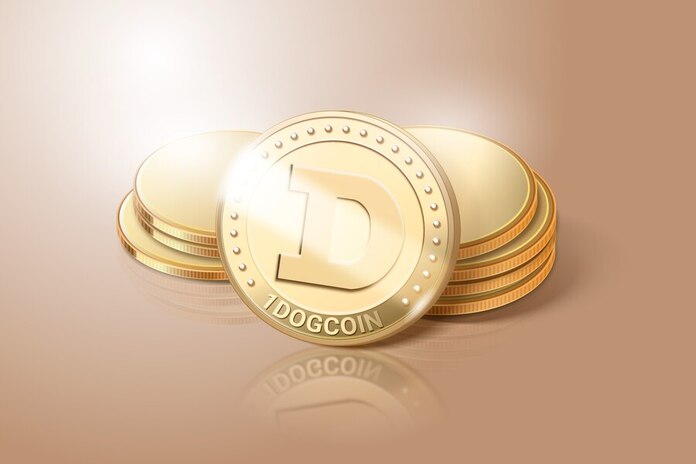Dogecoin Approaches ‘Golden Cross’: Sign of a Surge?

Dogecoin (DOGE), the leading meme cryptocurrency by market capitalization, is showing signs of entering another bullish phase reminiscent of its spectacular rise in early 2021. According to CoinDesk, Dogecoin’s market cap currently stands at approximately $22 billion, with a remarkable year-to-date price increase of over 70%, significantly outstripping Bitcoin’s (BTC) near 50% gain.
A critical technical indicator, the ‘golden cross’, is nearing confirmation for Dogecoin. This occurs when the 50-week simple moving average (SMA) crosses above the 200-week SMA, signaling potential long-term upward momentum. Such crossovers are often used by momentum traders to pinpoint optimal market entry and exit points.
Historically, Dogecoin experienced a golden cross in early January 2021, which preceded a four-month rally leading to an unprecedented 8,000% increase in its price, peaking at 76 cents on Binance. However, it’s crucial to approach such indicators with caution as past performance is not always indicative of future results, and moving average crossovers can sometimes lag behind actual market movements.
Moreover, the dynamics around meme cryptocurrencies like Dogecoin differ significantly from more traditional investments. Lacking substantial real-world applications, their market movements are largely driven by speculative trading. This makes them particularly vulnerable to shifts in global financial conditions such as liquidity and interest rate changes.
During Dogecoin’s 2021 rally, global interest rates were at or near zero, fostering an environment ripe for high-risk investments. Currently, however, with U.S. interest rates exceeding 5%, the economic backdrop is considerably different, potentially influencing the trajectory of speculative assets like Dogecoin.
Investors should remain vigilant, considering both the technical setup and broader economic factors when evaluating the potential for another major rally in Dogecoin’s price.
Featured Image:Freepik


